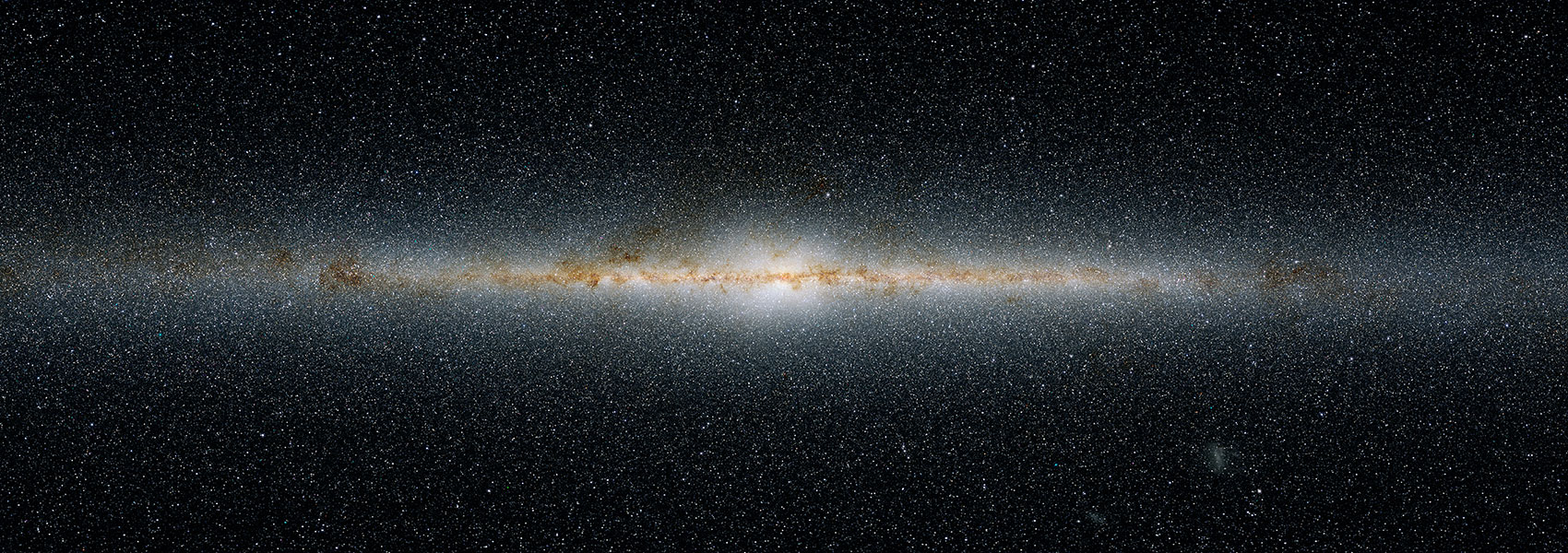
Giant Outer Transiting Exoplanet Mass (GOT 'EM) Survey. III. Recovery and Confirmation of a Temperate, Mildly Eccentric, Single-transit Jupiter Orbiting TOI-2010
December 2023 • 2023AJ....166..239M
Abstract • Large-scale exoplanet surveys like the Transiting Exoplanet Survey Satellite (TESS) mission are powerful tools for discovering large numbers of exoplanet candidates. Single-transit events are commonplace within the resulting candidate list due to the unavoidable limitation of the observing baseline. These single-transit planets often remain unverified due to their unknown orbital periods and consequent difficulty in scheduling follow-up observations. In some cases, radial velocity (RV) follow up can constrain the period enough to enable a future targeted transit detection. We present the confirmation of one such planet: TOI-2010 b. Nearly three years of RV coverage determined the period to a level where a broad window search could be undertaken with the Near-Earth Object Surveillance Satellite, detecting an additional transit. An additional detection in a much later TESS sector solidified our final parameter estimation. We find TOI-2010 b to be a Jovian planet (M P = 1.29 M Jup, R P = 1.05 R Jup) on a mildly eccentric orbit (e = 0.21) with a period of P = 141.83403 days. Assuming a simple model with no albedo and perfect heat redistribution, the equilibrium temperature ranges from about 360 to 450 K from apastron to periastron. Its wide orbit and bright host star (V = 9.85) make TOI-2010 b a valuable test bed for future low-insolation atmospheric analysis.
Links
- PREPRINT http://arxiv.org/abs/2311.10232
- ELECTR https://doi.org/10.3847/1538-3881/ad00bc
- SIMBAD https://simbad.u-strasbg.fr/simbad/sim-ref?querymethod=bib&simbo=on&submit=submit+bibcode&bibcode=2023AJ....166..239M
- PDF https://iopscience.iop.org/article/10.3847/1538-3881/ad00bc/pdf
- DATA https://archive.gemini.edu/searchform/publication=2023AJ....166..239M
- DATA https://cdsarc.cds.unistra.fr/viz-bin/cat/J/AJ/166/239
- DATA https://irsa.ipac.caltech.edu/bibdata/2023/M/2023AJ....166..239M.html



